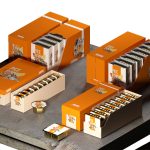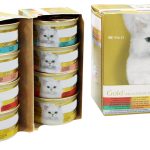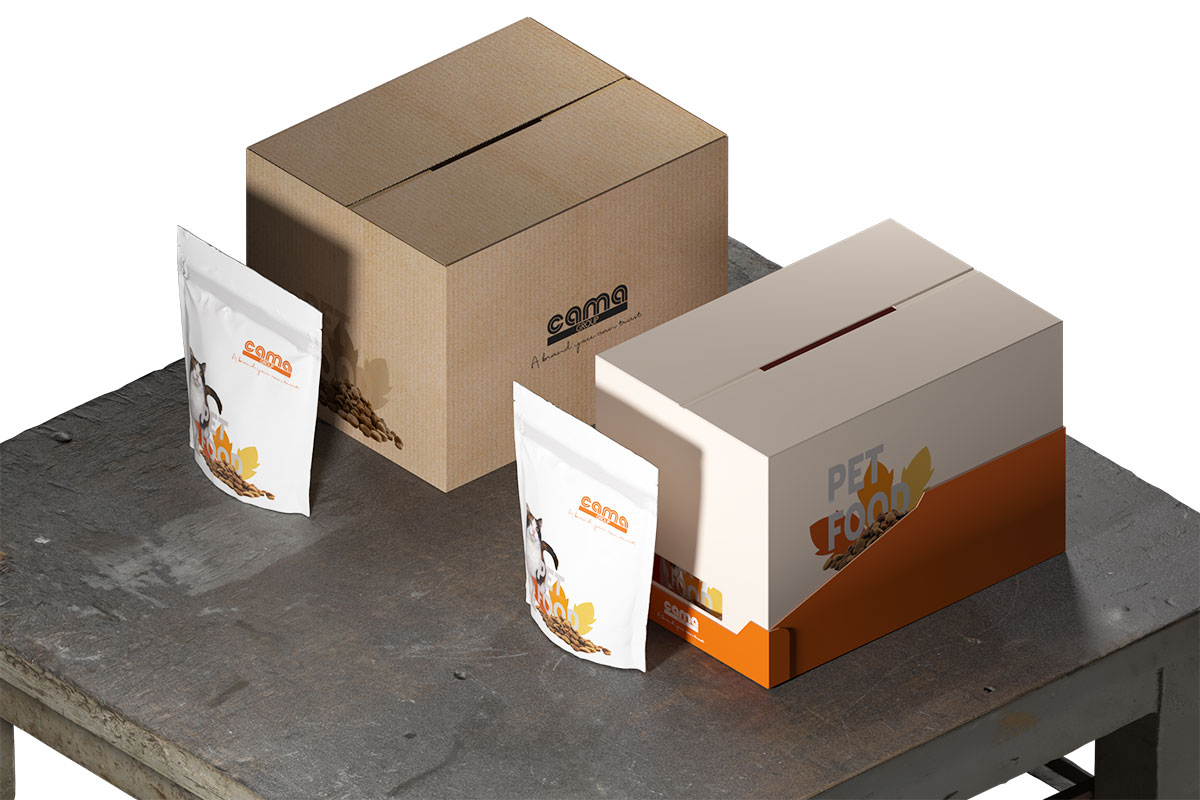
The modern pet food market puts incredible pressure on machine suppliers. But with a contemporary automation infrastructure and an Industry 4.0 mindset, these demands for additional flexibility get easier and easier to address
Any company that supplies consumer markets, recognises that flexibility and adaptability play huge roles when it comes to specifying automation solutions. Pet food is one example of a market that has witnessed an explosion in consumer choice; a choice which is compounded by demands from many of the vendors too. This wide array of variability places a lot of pressure on manufacturing and packaging operations, hence the need for wide-ranging flexibility and easy, low-downtime adaptability.
Automation advantages
With these needs in mind, Cama Group was recently approached by the pet food division of a large multinational confectionary and lifestyle brand. One of its pet food plants in the USA had recognised the advantages that an automated approach would deliver in relation to the secondary packaging of dental sticks for dogs. According to Davide Di Lorenzo, Sales Engineer Manager – (Area North America), at Cama Group: “The customer already had a couple of Cama lines, but nothing in relation to automated cartoning or secondary packaging. When I first went there, I was surprised to see so much manual packaging operation. Our solutions were chosen so the company could reduce its reliance an unstable transient manual workforce and instead employ workers in areas where they could add more value.

Adapt to the space available
“These are first two lines of six lines,” Davide explains, “with the other four being planned in parallel positions. Our ability to cater and mould our designs to the available real-estate was another defining factor in the customer’s choice, as was our enhanced ability to modify our machines – not necessarily in terms of their method of operation – but also their internal product flow, which in this case required a bypass function customized for the customer needs and integrated in our system. “Finally, our US subsidiary is able to deliver 100% support in the USA,” Davide adds, “and this local expertise is combined with our global capabilities in the pet food sector, where we can call upon multiple highly successful reference projects from around the world.” The initial two-line solution comprises a CL Series cartoner equipped with a delta robot to collect the products in different variations, which in every case is highly tailored to a customer’s unique requirements, while also delivering flexibility for future format variations. In parallel is an AV series RSC case erector and both lines feed into an IT series case loader.
High-speed efficiency
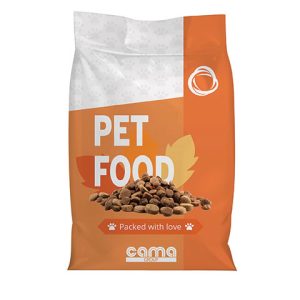
The CL Series continuous motion cartoning machines are developed for packing flow-wraps, pouches, bags, thermoformed trays, bars, cups, and more. They can be equipped with an air-blast opening device to ensure efficient carton opening at high speeds. They can also be combined with different loading apparatuses based on product characteristics and production requirements, with carton closing achieved by hot-melt or tuck-in. The AV Series offers medium- and high-speed RSC case forming with a positive case drive and bottom case closing with self-adhesive tape or glue. The IT Series Delta robot loading units are equipped with single or double vertical racetracks to group and load products into boxes and cases. Cama’s dynamic box phasing device ensures gentle package handling and fast product loading.
Optimised packaging
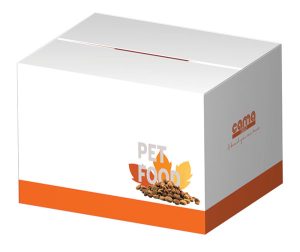
In operation, the cartoning machines receive pouches containing dental sticks from a third-party bagging machine. The products are then nested in two layers, with one pouch oriented 180° from the other to optimize packaging volume. These two-layer arrays are sideloaded into opened cartons, sealed with hot-melt glue, rotated 90°, and fed into the case loading system, where they are grouped and packed into cases erected by the case former. Once sealed, the completed cases are passed to a palletiser. “During the kick-off meeting, the customer also wished for pouches to be packaged individually instead of in pairs,” Di Lorenzo explains. “This led to the need for a bypass solution, allowing filled pouches to be sent down a separate conveyor within the cartoner’s framework and loaded individually into cases. Other vendors’ external bypass solutions were too big for the limited space, but we integrated it within our machine’s frame.”
One eye on future demands
Di Lorenzo concludes, “All three machines are part of Cama’s Breakthrough Generation (BTG), setting the standard in secondary packaging. They feature contemporary Industry 4.0 automation solutions, including advanced rotary and linear servo technology, tightly coupled to in-house-developed robotics, delivering the speed, flexibility, and adaptability required by modern packaging operations. All this advanced technology is housed within a modular, scalable framework that offers easy entry and access, coupled with a hygienic machine design.”


